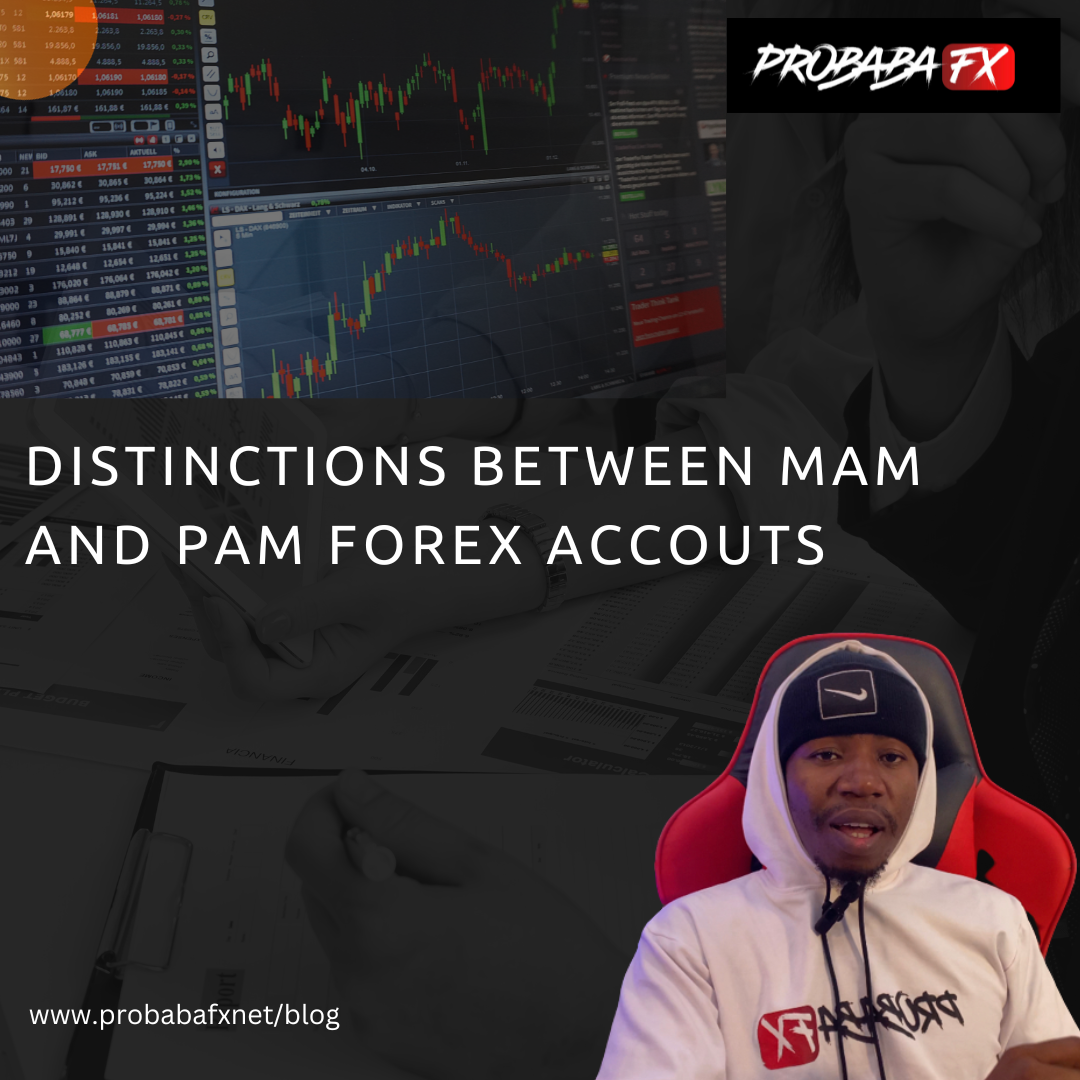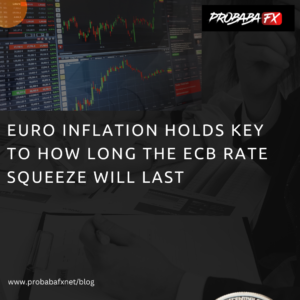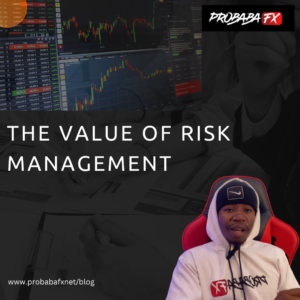In the fast-paced world of forex trading, effective investment management is critical. MAM (Multi-Account Manager) and PAM (Percentage Allocation Management) accounts are two prominent strategies used by traders.
Understanding the distinctions between these two can have a huge influence on your trading approach. Let’s look at the differences that distinguish them:
Mechanism of Control:
-
MAM Account: A master account performs transactions, distributing profits or losses equally across managed sub-accounts, providing centralized control.
-
PAM Account: Uses a percentage-based allocation method. The percentage of capital allocated to each trade is governed by the investor’s risk preferences.
Lot Size Variability:
-
MAM Account: Allows traders to designate multiple lot sizes to distinct sub-accounts, allowing them to accommodate varying risk tolerances and investment goals.
-
PAM Account: This account often incorporates identical lot size distributions across all sub-accounts, enabling a simplified risk management method.
Client Fund Protection:
-
MAM Account: Provides an additional degree of security by keeping funds in the client’s account and allowing the trader only to execute deals.
-
PAM Account: Provides greater direct control by allowing traders access to customer funds. To reduce potential dangers, investors must select a trustworthy trader.
Profit Splitting:
-
MAM Account: Allows traders to manage numerous accounts at the same time and maximize their portfolio by facilitating varied investment techniques.
-
PAM Account: Provides a clear method that is appropriate for investors looking for a more simplified trading experience with consistent techniques across all accounts.
Your trading style, risk tolerance, and investment goals ultimately determine whether you choose a MAM or PAM forex account.
Understanding the distinctions between centralized control of a MAM account and percentage-based allocation of a PAM account allows you to make educated judgments in the ever-changing Forex market.




